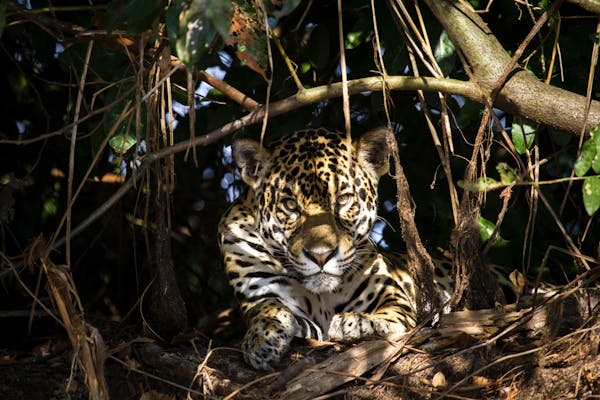Study finds rewilding large mammal groupings help ecosystem restoration
- Nature Conservation
- Land Conservation
- Ecosystem Restoration
- Mammal Assemblages
- Species Rewilding
- Wildlife
A One Earth-funded and RESOLVE-led study reveals major opportunities to restore ecosystem integrity across vast areas of the globe by reintroducing historically present large mammals. The paper, titled "An ecoregion-based approach to restoring the world’s intact large mammal assemblages,” has been published this month in the journal Ecography as part of a special issue on restoration. The paper shows that by restoring only 20 large mammal species—including brown bear, bison, lion, jaguar, and wild horse—more than 8.5 million square kilometers can once again regain intact large mammal communities with all of their historically present large mammals.
Large mammals are vitally important for maintaining healthy ecosystems on our planet. Acting as landscape engineers, they shape the composition of plant life and wildlife — from birds and aquatic creatures to trees and soil organisms.

Asian elephants. Image credit: Courtesy of Sanjiv Fernando
They're also important for humanity. They provide key ecosystem services upon which we rely -- delivering freshwater, absorbing carbon pollution, preventing wildfires, and sustaining local livelihoods.
In the year 1500, the vast majority of the world's land supported large mammal assemblages. Today less than 15% of the world's land retains complete assemblages.
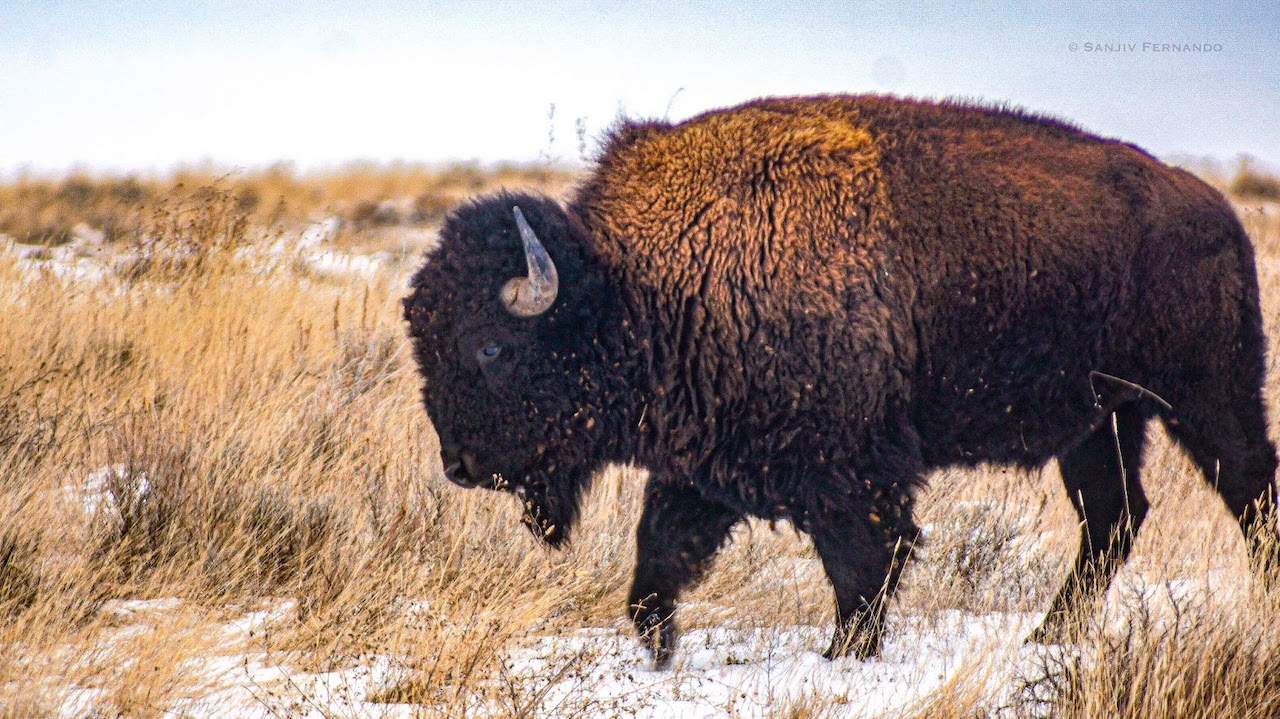
American bison. Image credit: Courtesy of Sanjiv Fernando
The good news is that through rewilding efforts, more than half of the world's ecoregions could have their mammal assemblages restored by reintroducing just 1-3 species in strategic locations.
The reintroduction of wolves in the US proves that it works. The wolves rapidly rebalanced the ecosystem, resulting in increased carbon storage, better water quality, and millions of dollars in economic benefit.
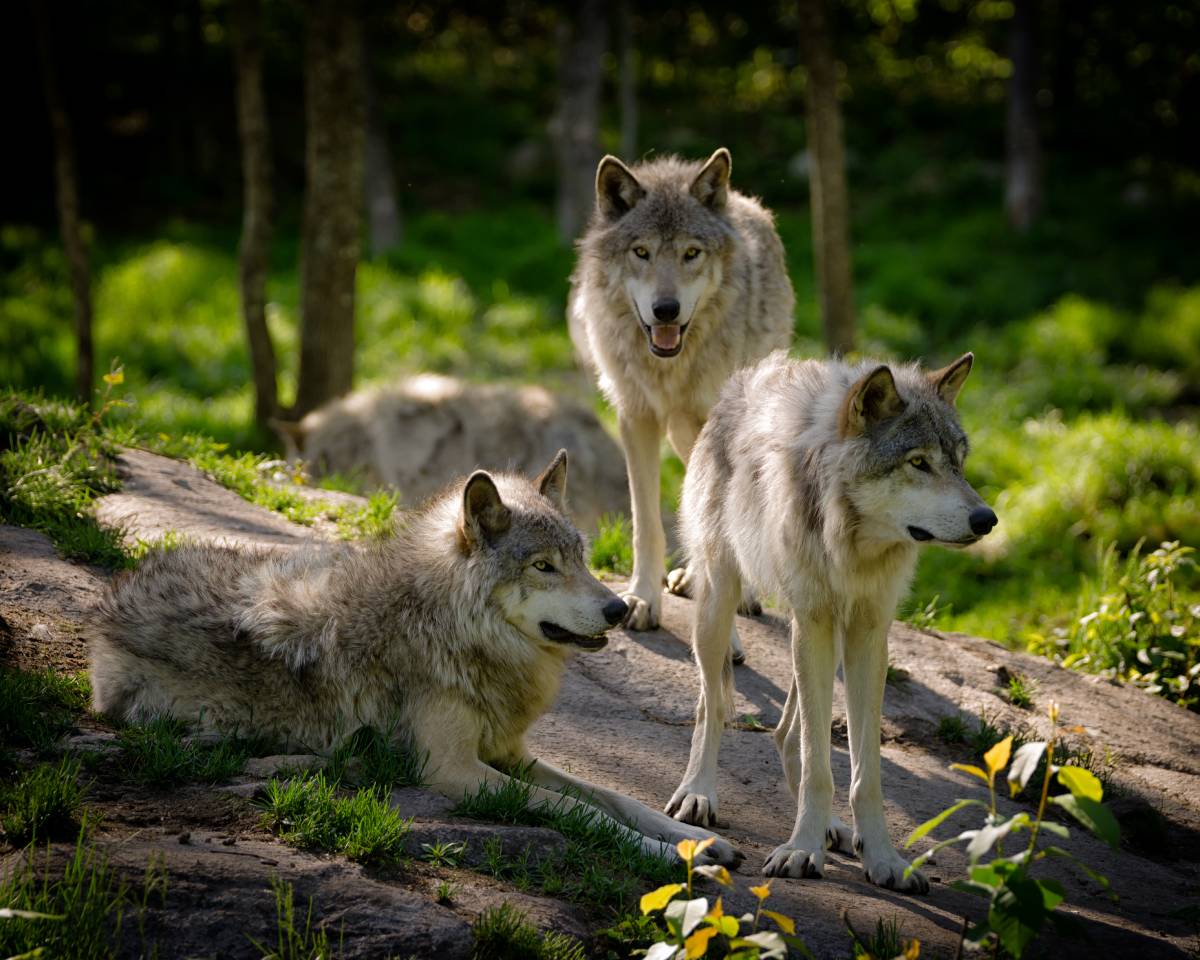
The study finds that 20 species can play a particularly important role in triggering the recovery of ecosystem function around the world -- from boreal taiga and tropical rainforests to grasslands and drylands.
- In North America, reintroducing the brown bear, American bison, wolverine, and black bear across 60 ecoregions could restore over 3.2 million square kilometers of land area.
- In Latin America, reintroducing the pampas deer, cougar, jaguar and South American tapir across 106 ecoregions could restore over 2 million square kilometers.
- In Africa, reintroducing the hippopotamus, lion, African wild dog, and cheetah in 50 ecoregions could restore over 416,000 square kilometers.
- In Europe, reintroducing the European bison, Eurasian beaver, reindeer, and Eurasian lynx in 39 ecoregions could restore over 944,000 square kilometers.
- In Asia, reintroducing the wild horse, tiger, dhole, and wolf in 70 ecoregions could restore as much as 1.9 million square kilometers.
- By reintroducing these 20 species we could restore large mammal assemblages across 8.5 million square kilometers of land area.
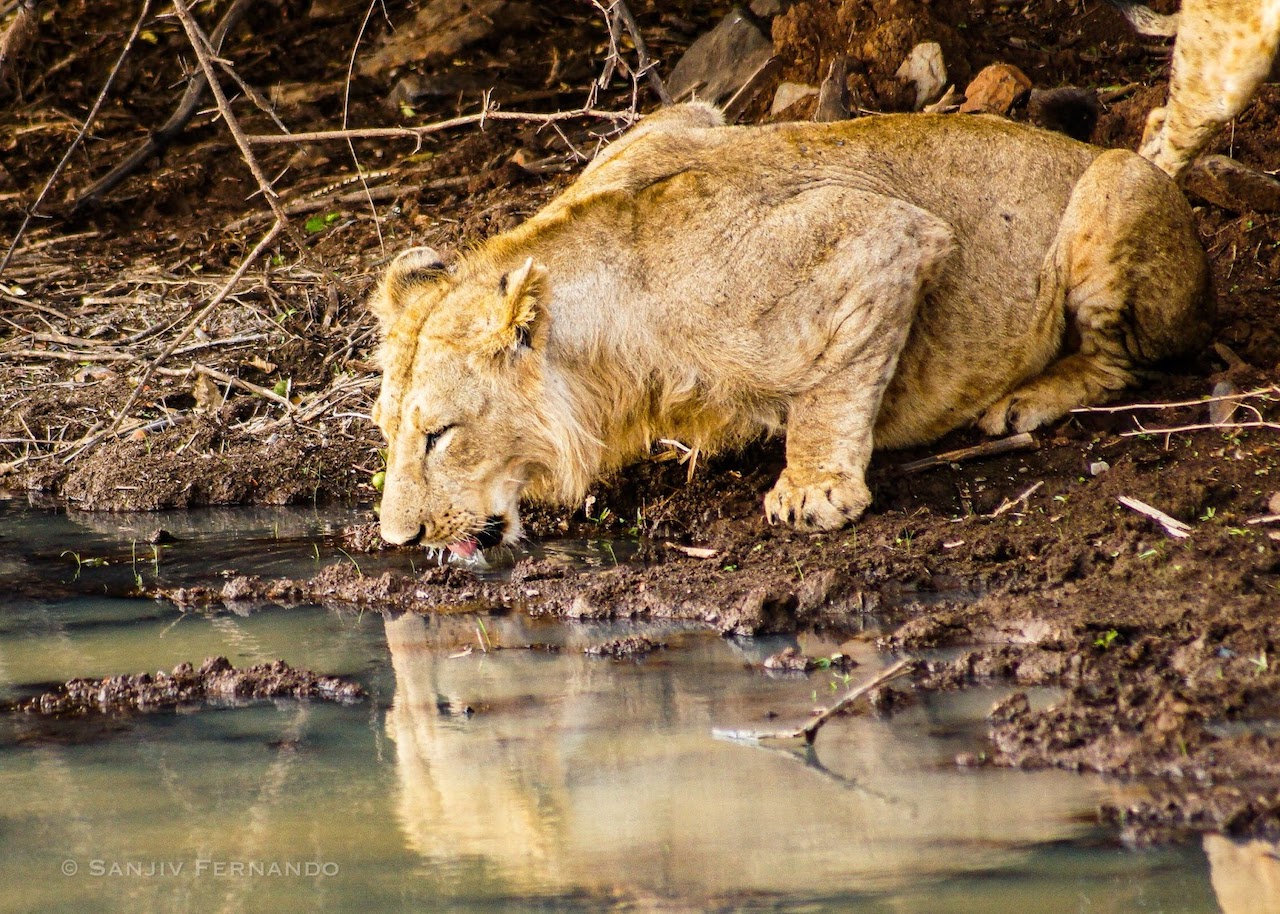
Lion. Image credit: Courtesy of Sanjiv Fernando
With 2021 marking the beginning of the UN Decade on Ecosystem Restoration, the authors of the paper advocate for a renewed focus on large mammals. This study provides a template for how wildlife recovery can support global biodiversity objectives and be a central pillar of area-based conservation objectives such as achieving the protection of 50% of Earth’s terrestrial and marine areas by 2050.
Download Report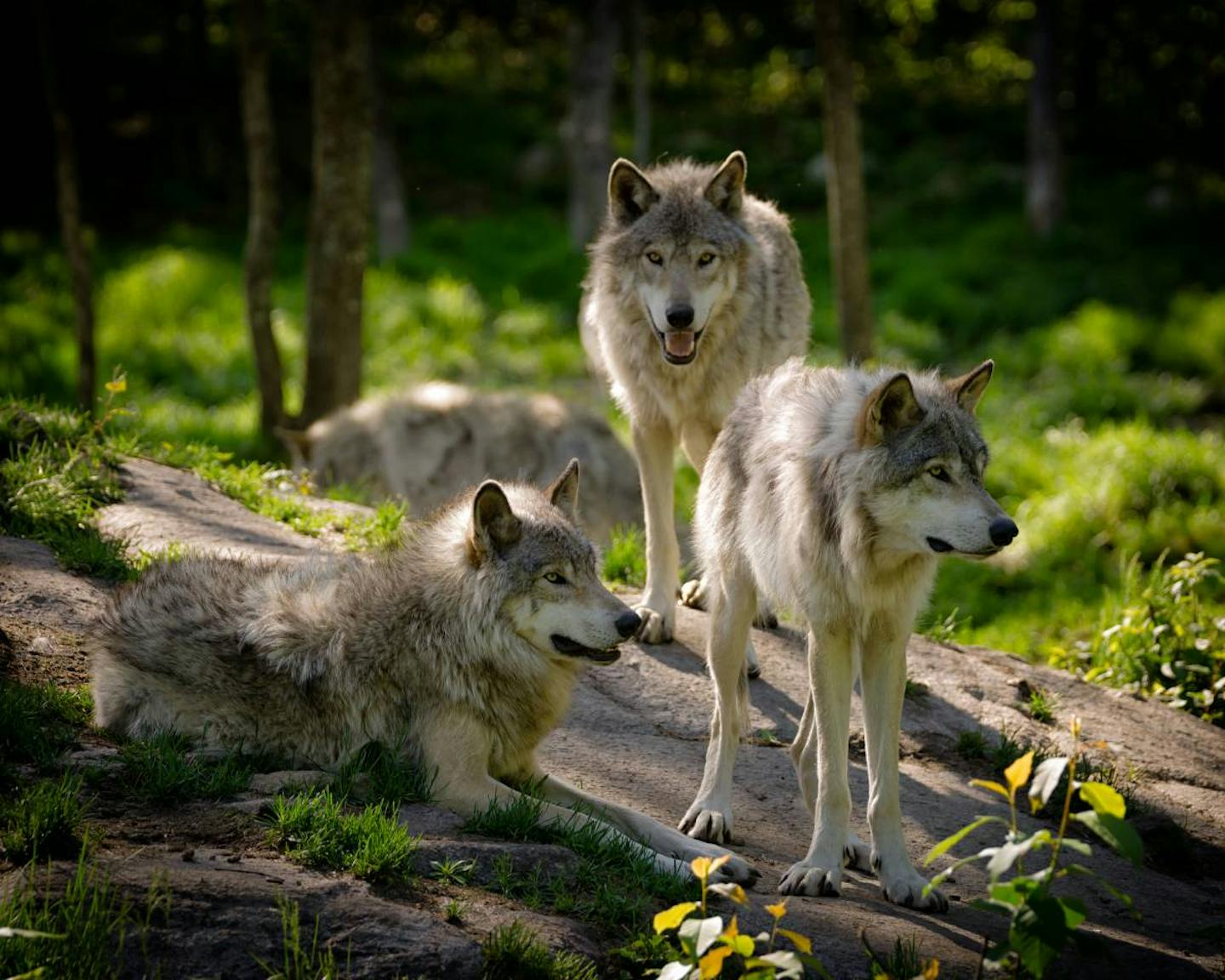


.jpg?auto=compress%2Cformat&h=600&w=600)
